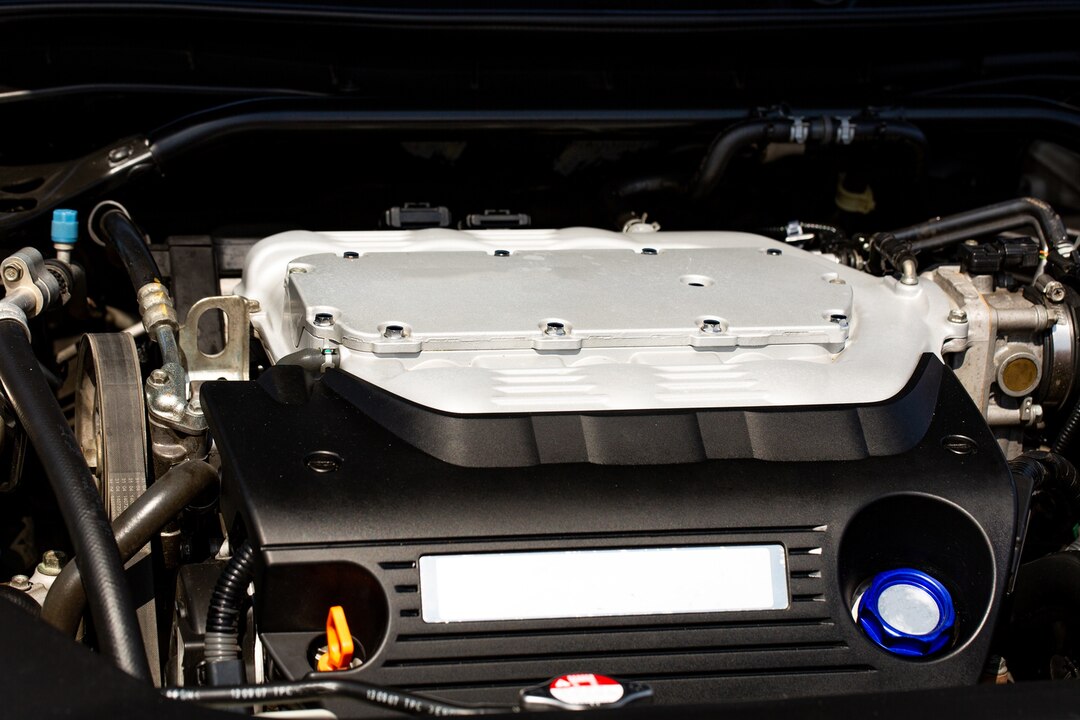Your car’s cooling system plays a critical role in maintaining optimal engine temperature and preventing overheating, ensuring smooth and efficient operation. While most modern vehicles utilize a liquid cooling system, there are various types of cooling systems employed in different vehicles. Understanding the different types can help you appreciate the complexity of your car’s cooling system and make informed decisions regarding maintenance and repairs. Here are some common types of car cooling systems you should know about:
1. Liquid Cooling System:
- Liquid cooling systems, also known as water-cooled systems, are the most common type used in modern vehicles.
- These systems circulate a mixture of water and coolant (antifreeze) through the engine block, cylinder head, radiator, and hoses to absorb heat and transfer it away from the engine.
- Liquid cooling systems use a water pump to circulate coolant and a radiator to dissipate heat into the surrounding air.
2. Air Cooling System:
- Air cooling systems, also known as air-cooled systems, were commonly used in older vehicles and some motorcycles.
- Instead of circulating coolant, air cooling systems rely on airflow to dissipate heat from the engine.
- Air-cooled engines typically have fins or cooling fins attached to the cylinder heads and engine block to increase surface area and facilitate heat dissipation.
3. Hybrid Cooling System:
- Hybrid cooling systems combine elements of both liquid cooling and air cooling systems.
- These systems may use liquid coolant to cool certain components, such as the engine block and cylinder head, while relying on airflow to cool other parts, such as the transmission or exhaust system.
- Hybrid cooling systems offer a balance between the efficiency of liquid cooling and the simplicity of air cooling.
4. Direct Injection Cooling System:
- Direct injection cooling systems are a specialized type of liquid cooling system used in some high-performance engines.
- These systems use a direct injection of coolant into specific areas of the engine, such as the combustion chambers or piston crowns, to absorb heat directly from the hottest parts of the engine.
- Direct injection cooling systems can provide more precise temperature control and better cooling efficiency in extreme operating conditions.
5. Thermoelectric Cooling System:
- Thermoelectric cooling systems, also known as Peltier coolers, utilize the Peltier effect to cool electronic components or small spaces within the engine.
- These systems use an electrical current to create a temperature difference across a junction of two different materials, resulting in one side becoming cooler while the other side becomes warmer.
- Thermoelectric cooling systems are often used in conjunction with traditional cooling systems to provide additional cooling capacity for specific components or areas.
6. Oil Cooling System:
- Oil cooling systems use engine oil as a coolant to dissipate heat from the engine.
- These systems typically involve circulating oil through a series of passages or channels in the engine block and cylinder head to absorb heat generated by friction and combustion.
- Oil cooling systems may also incorporate an oil cooler, which is a heat exchanger that uses airflow or liquid coolant to dissipate heat from the circulating oil.
Understanding the different types of car cooling systems can help you better appreciate the intricacies of your vehicle’s engine and cooling system. Whether your car utilizes a traditional liquid cooling system, an air cooling system, or a hybrid combination of both, maintaining proper cooling system function is essential for engine performance, efficiency, and longevity. Regular maintenance, including coolant checks, radiator flushes, and inspections of cooling system components, can help prevent overheating and costly repairs down the road.











